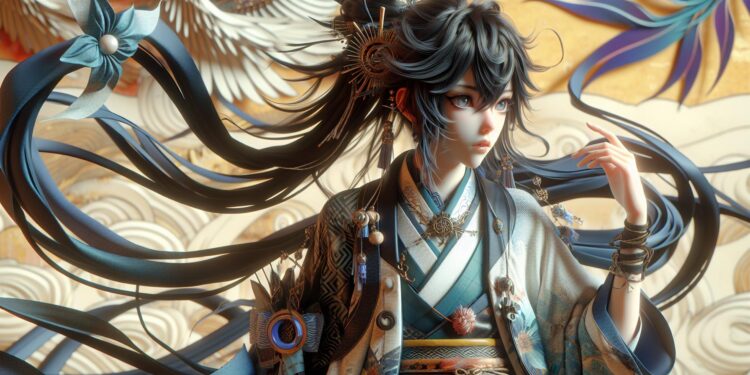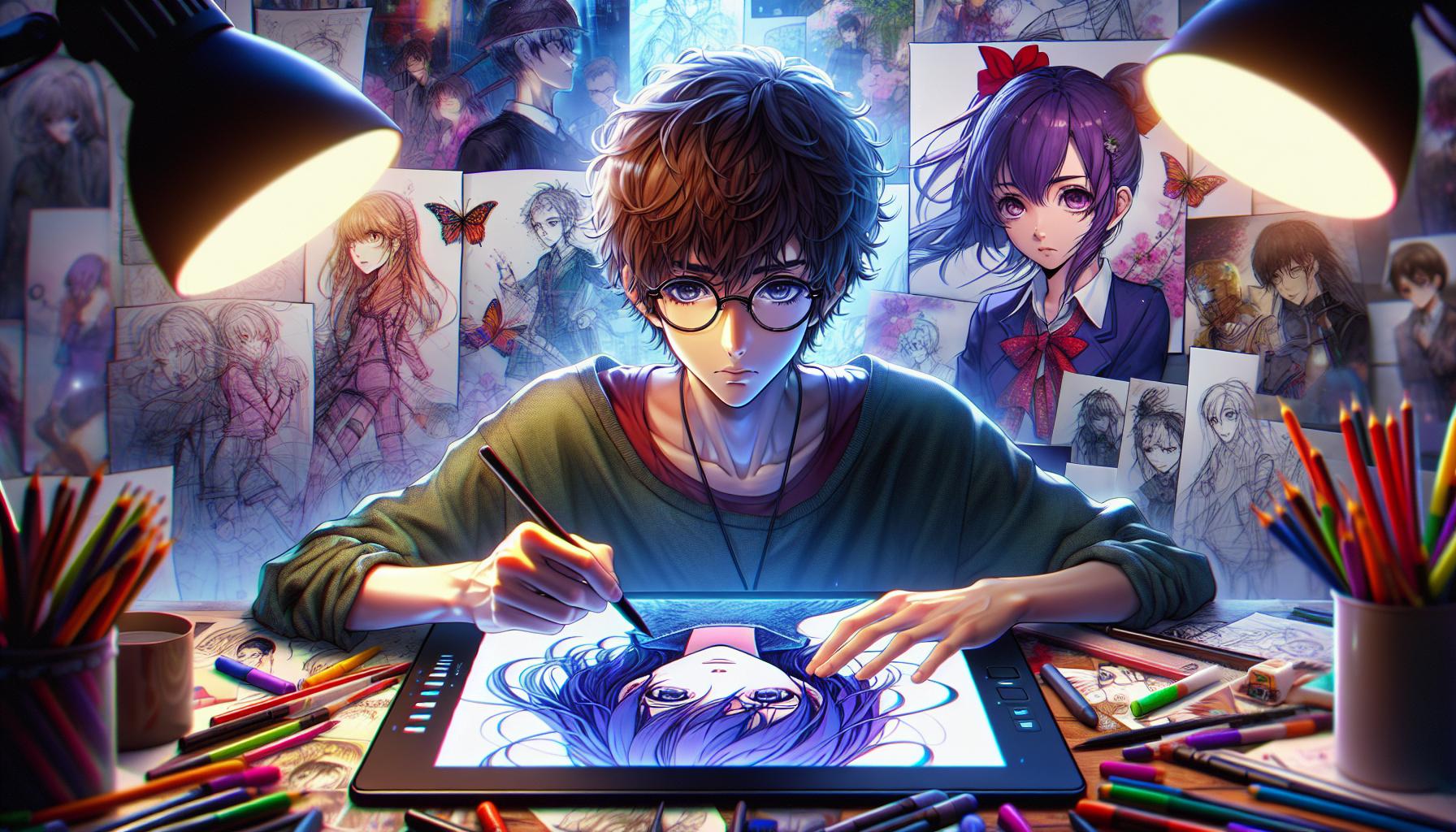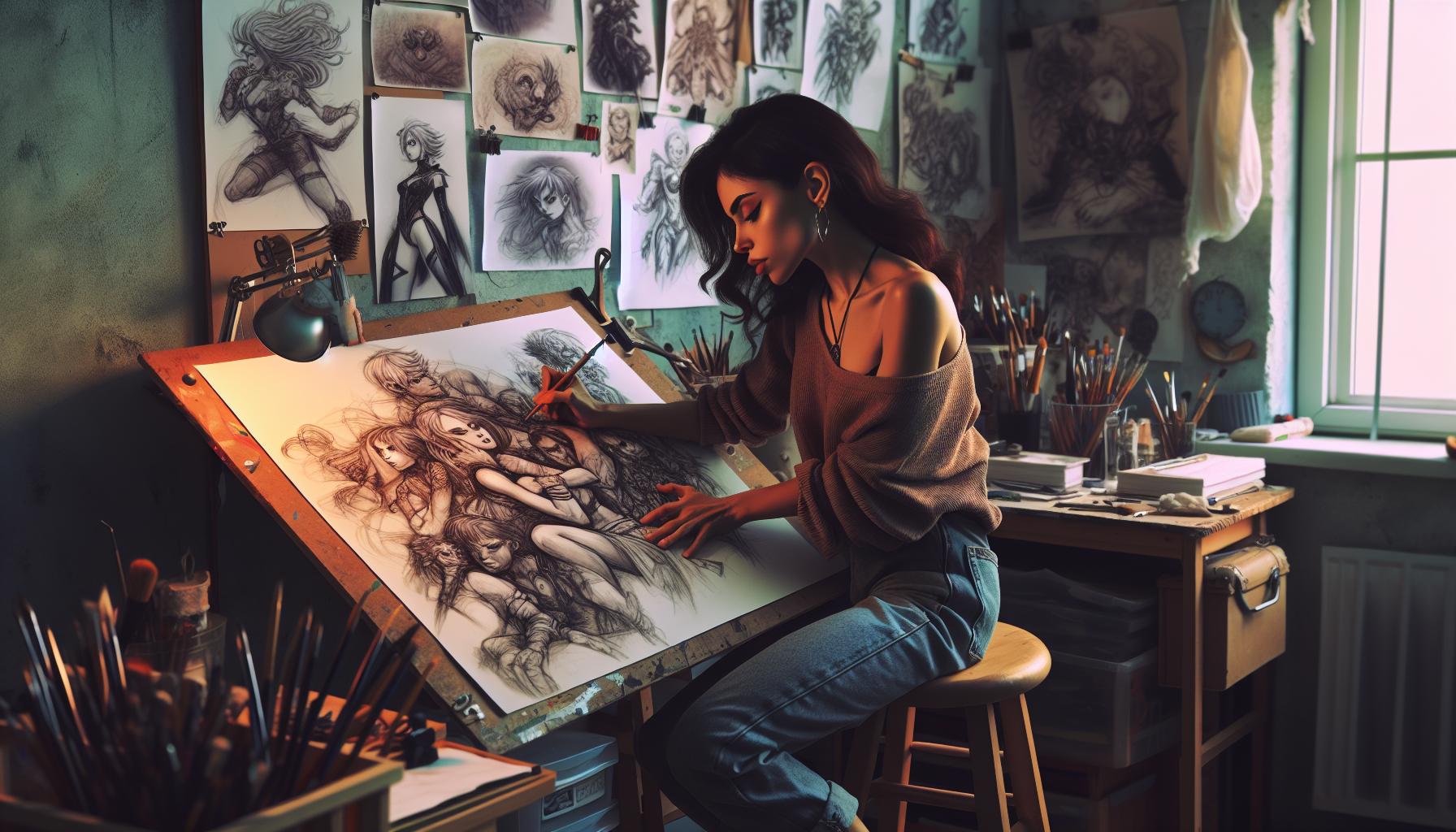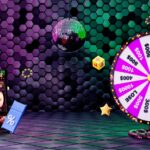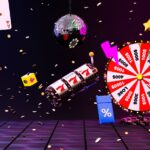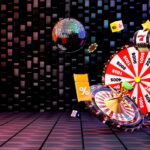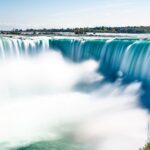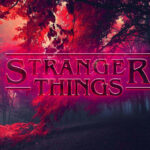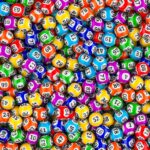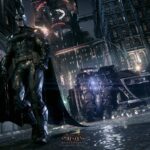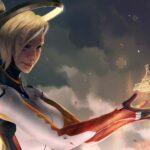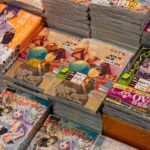Anime sketches have a unique charm that captures the essence of creativity and storytelling. As an avid fan, I’ve always been fascinated by how these preliminary drawings breathe life into beloved characters and worlds. Each sketch showcases the artist’s vision before it transforms into the vibrant scenes we see on screen.
In this article, I’ll dive into the world of anime sketches, exploring their significance in the animation process and how they serve as a bridge between imagination and reality. Whether you’re an aspiring artist or a passionate viewer, understanding these sketches can deepen your appreciation for the art form and the hard work that goes into creating our favorite series. Join me as we uncover the magic behind anime sketches and what makes them so special.
Key Takeaways
- Essence of Creativity: Anime sketches are fundamental in showcasing artists’ visions and serve as the initial step in the animation process, bridging imagination with reality.
- Dynamic Expressions and Movements: These sketches highlight characters’ emotions and actions, enhancing viewer engagement and outlining the narrative flow.
- Importance in Development: Sketches play a vital role in concept validation, enabling iteration and collaboration among animators, directors, and producers.
- Artistic Style Elements: Character designs, color palettes, line work, and composition are crucial in conveying personality traits and emotional depth.
- Influence on Storytelling: Sketches contribute to narrative structure by illustrating key moments and transitions, enriching the overall storytelling experience.
- Cultural and Community Impact: Anime sketches not only resonate with audiences but also shape industry trends, inspiring merchandise and community-driven projects.
Anime:Z_Joryl9gkw= Sketches
Anime:Z_Joryl9gkw= sketches represent a distinctive part of the animation process. These sketches function as the foundational blocks that artists use to conceptualize characters and settings. I find the variety in techniques fascinating, as artists employ diverse styles ranging from detailed character designs to rough thumbnails.
Key Characteristics of Anime:Z_Joryl9gkw= Sketches
- Dynamic Expressions: Sketches capture the essence of character emotions, allowing viewers to connect deeply with the storyline.
- Fluid Movements: Motion is a vital aspect, and sketches often illustrate the action sequences, showcasing character agility and movements.
- Environmental Details: Background sketches provide context, depicting the world where the story unfolds, enriching the viewer’s experience.
Importance in the Animation Pipeline
- Concept Development: Sketches validate concepts and help in visualizing ideas before detailed work comienza.
- Iteration: Artistic revisions and feedback occur often during this stage, allowing for refinement and improvement.
- Collaboration: These sketches ease communication among teams, ensuring alignment between animators, directors, and producers.
- Cultural Influences: Styles may reflect various cultural backgrounds, evident in character design and thematic elements.
- Genre Differences: Different genres, such as shonen or shojo, showcase unique sketch styles that cater to specific audiences.
Anime:Z_Joryl9gkw= sketches play an essential role in shaping the animation process. Through dynamic expressions, environmental details, and a focus on concept development, these sketches create a bridge between imagination and visual storytelling.
Artistic Style
The artistic style of anime sketches plays a crucial role in storytelling and character development. The aesthetic choices artists make significantly impact the viewer’s perception and connection to the narrative.
Visual Elements
- Character Design: Innovative character designs include unique hairstyles, expressive eyes, and distinctive clothing that convey personality traits.
- Color Palette: Vibrant color palettes enhance emotional impact, with specific hues reflecting mood or thematic elements.
- Line Work: Varied line thickness contributes to depth, emphasizing features and movement, while clean lines often signify polish and clarity.
- Composition: Dynamic compositions guide the viewer’s gaze, balancing characters and backgrounds to create engaging scenes.
- Thumbnail Sketching: Quick thumbnail sketches allow for rapid exploration of ideas and layouts, enabling artists to experiment with narrative pacing.
- Gesture Drawing: Gesture drawing captures essential poses and movements, ensuring characters feel dynamic and alive within their environment.
- Inking: Precise inking techniques provide clarity and definition, transitioning rough sketches into refined artwork ready for animation.
- Digital Tools: Digital art software offers tools like layering and undo options, enhancing creativity and efficiency in the sketching process.
Storytelling and Themes
Anime sketches serve as a foundation for storytelling, weaving intricate themes into the fabric of character development and narrative structure.
Character Development
Sketches play a vital role in character development, providing insights into personality traits and emotional depth. Artists utilize visual cues such as facial expressions and body language to convey motivations and growth. For instance, exaggerated features may indicate playful characteristics, while sharp angles and dark colors can suggest tension or conflict. Each sketch acts as a narrative entry point, engaging viewers and allowing them to forge connections with the characters, enhancing empathy and investment in their journeys.
Narrative Structure
The narrative structure in anime often relies on the foundational sketches that illustrate key moments and transitions in the storyline. Artists design storyboards to map out sequences, ensuring a cohesive flow of events. Sketches highlight critical scenes, enabling the pacing of the story to resonate with viewers. For example, dynamic action sequences utilize rough thumbnails to indicate movement, while slower moments may be emphasized with detailed backgrounds to provide context. These elements facilitate a rich storytelling experience, allowing the audience to immerse themselves in the unfolding drama.
Reception and Impact
The reception of anime sketches highlights their significance among audiences and within the broader anime culture. These preliminary artworks not only captivate fans but also influence industry trends and artistic approaches.
Audience Critique
Audience critique of anime sketches often centers on their ability to convey emotion and narrative intent. Fans appreciate the nuance in character designs, which enrich their connection to the story. This feedback drives artists to refine their techniques, exploring styles that resonate with viewers. Observations about line work, color palettes, and composition inform aspiring creators, who look to established sketches for inspiration. Community discussions on platforms like social media amplify opinions, shaping the expectations for future works.
Influence on Anime Culture
Anime sketches significantly influence anime culture, serving as a bridge between concept and execution. Sketches inspire merchandise, fan art, and cosplay, highlighting their impact on fandom. They promote appreciation for the artistic process, as fans engage with content analyzing sketch techniques and motifs. Collaborations between artists and fans often emerge from sketch-driven projects, fostering a creative exchange that enhances community involvement. Ultimately, sketches enrich the cultural landscape by revealing the hard work behind beloved series, creating a deeper understanding of anime’s creative journey.
Preliminary Drawings
Anime sketches are more than just preliminary drawings; they’re the heartbeat of storytelling and character development. I find it fascinating how these sketches encapsulate the essence of characters and narratives, setting the stage for the vibrant worlds we come to love.
Every line and stroke holds a story of its own, revealing the artist’s vision and creativity. As I dive deeper into this art form, I appreciate how sketches bridge the gap between concept and final animation. They not only enhance our viewing experience but also invite us into the artistic journey, enriching our connection to the anime culture we cherish.


